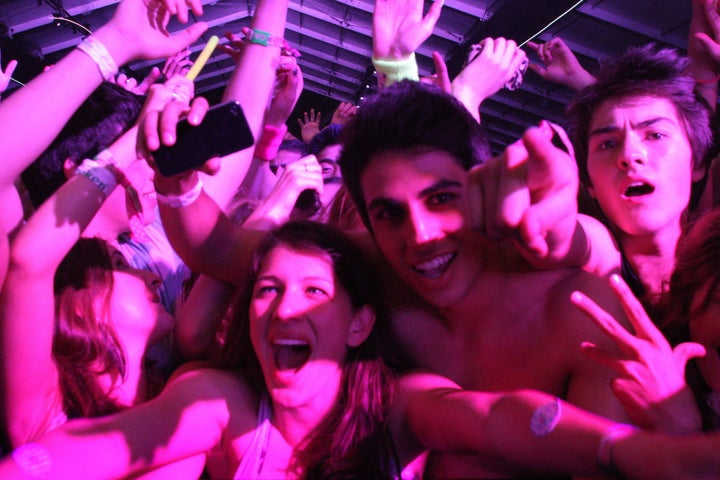
The phenomenon of dubstep music is an interesting one. There are no instruments. With a piece of digital sequencing software, a musically untrained individual can craft catchy and incredibly popular songs that captivate vast audiences. Over spring break, I was fortunate enough to attend the Ultra Music Festival in Miami, Fla., where at any given moment, one person and his computer entertained and mesmerized tens of thousands of people. Individuals with no traditional musical training are becoming the biggest stars in the music industry.
Canadian philosopher Marshall McLuhan claimed in an eerily clairvoyant prediction in 1972: "With electric technology, the consumer would become a producer." McLuhan foresaw that the role of producers and consumers would begin to blur and merge. The unskilled masses would become the creators of the content they and other consumers would enjoy. More recent scholarship has termed this phenomenon that of the 'prosumer.' Dubstep, house, techno and electronica are all examples of music that are produced by the consumer. Art in general is following this distinct trend and is primarily fueled by the prosumer presence on the Internet.
When examining outlets on the Internet that allow the consumer to be the producer, one must mention Pinterest. On this website, the everyman becomes the curator of his own public museum. He appropriates content from the web and organizes and displays it as he sees fit. Pinterest lets its users arrange and share items that already exist. In this way, the person untrained in any formal art becomes an artist -- just as the untrained musician becomes a rock star.
This phenomenon exists also in the world of video. YouTube is rife with artistic appropriations of existing content. Videos are dubbed with new words and random statements are "auto-tuned" to create popular phenomena. Some videos are cut up and arranged in a different order to create an entirely new message. Often, images are used in the background of a particular YouTube-hosted song recording, and the new version posted will garner more hits than the original. Memes take existing pictures and allow anyone to use them as a template for creating humor -- turning the average consumer into a comedian.
The underlying premise of the meme is that any given picture, video, music, word or phrase can be turned into a joke or a piece of social commentary. The meme spreads from person to person via social networks. An Internet meme evolves over time, by chance, imitations and parody. Internet memes often evolve and spread very quickly; they sometimes reach worldwide popularity within a week. This phenomenon is predicated on appropriation and imitation.
The Internet is such a powerful and unbridled outlet for creativity because it is a wide-reaching, interactive network that undergoes no censorship.
The producer-consumer aggregate is a worrisome construction for many people. An artistic world is being created where what is yours may not be yours so long as others find a better way to package and distribute it. Electronics and the Internet, in particular, are making formal artistic training more and more obsolete. Original content is being made with content that already exists. This raises the interesting questions of: What is artistic plagiarism anymore? To what degree does intellectual property still exist?
I am of the opinion that that the prosumer ought to be able to appropriate items from the Internet for personal artistic expression. There should be, however, a more sophisticated system of attribution. That way credit is given where it is due, but content can be used freely by the public. When a piece of Internet content is appropriated, more people have access to a given item, and traffic can be increased to the initial creator of that item -- this creates a mutually beneficial system in which more people have exposure to more artistic content more of the time.
The cult of the prosumer is advantageous in that it facilitates artistic and creative expression for more people, despite the legitimate fear that original content will become increasingly scarce. However, since electronic media has enabled production for so many more people -- even those who have never set foot in an art school -- there is likely going to be a rise in the creation of original content in parallel to the rise in appropriation of art.
It is important to realize that we are the new generation of computer programmers, philosophers, lawmakers and politicians who have to decide what is morally and legally right or wrong. We are the generation that is best trained to work and flourish within the confines of the Internet. Princetonians abide by an honor code. We understand what plagiarism is. We know what it looks like and we know that it is wrong. Under what rules does the Internet operate? The culture of appropriation born of new electronic media is the frontier for determining a new normative ethic. It is our job to make the determinations that will govern the relationship betweeh people and the computer.
Aaron Applbaum is a sophomore from Oakland, Calif. He can be reached at applbaum@princeton.edu.